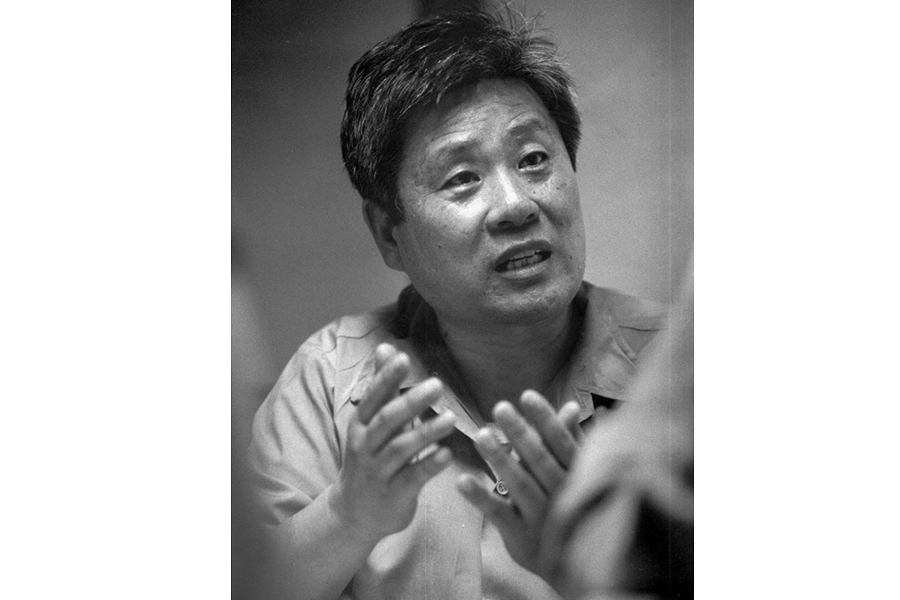1990s murder rap based on debunked science tossed, man released after 24 years
Loading...
A former New York City businessman who has spent 24 years in prison after being convicted of setting a fire that killed his mentally ill daughter is scheduled to walk out of a maximum-security prison in Pennsylvania a free man, following a judge's ruling that the case against him was based on now-debunked arson science.
Han Tak Lee, 79, was due to be released from a state prison in rural central Pennsylvania Friday morning, then driven by a longtime supporter to the federal courthouse in Harrisburg for a hearing to determine the conditions of his release. Several dozen friends, family members and supporters were expected to greet him there.
U.S. District Judge William Nealon threw out Lee's state conviction and sentence of life without parole earlier this month and gave prosecutors 120 days to decide whether they want to retry him in the 1989 death of his daughter, 20-year-old Ji Yun Lee.
Prosecutors have said they probably will appeal Nealon's decision. They have conceded the arson science used to convict Lee was faulty, but insist that other evidence points to his guilt.
Though he's spent nearly a third of his life behind bars, Lee — a native of South Korea who became a U.S. citizen about 30 years ago — has never expressed any bitterness toward his adopted country, his attorney said Thursday.
"He doesn't hold this against the United States of America," said Peter Goldberger, who has worked on Lee's case for about 15 years.
Goldberger also said Lee has no plans to return to South Korea.
"He's an American," Goldberger said. "He said this is his home."
Lee is expected to live in an apartment for senior citizens in Queens, New York, where he once lived and owned a clothing store, while prosecutors decide their next move.
Lee has long argued that the 1989 fire that killed his daughter at a religious retreat in the Pocono Mountains was accidental, and in 2012, the 3rd Circuit granted his request for an independent examination of evidence. That review, completed in June by a magistrate judge, concluded that "much of what was presented to Lee's jury as science is now conceded to be little more than superstition."
At the time of his trial, investigators were taught that unusually hot and intense fires indicated the use of an accelerant and that arson could be confirmed by the presence of deep charring or shiny blistering of wood as well as "crazed glass," tiny fractures in windows. Research has since debunked these and other notions about arson.
Lee's case is one of dozens around the country to come under scrutiny because of outdated beliefs about how arson can be detected.
Goldberger said Thursday he would oppose any appeal of the judge's ruling to throw out the conviction and "seek to have it declared frivolous and dismissed."
Monroe County District Attorney E. David Christine Jr., who prosecuted Lee in 1990, did not return a phone message seeking comment.
If he loses an appeal, Christine could seek to prosecute Lee again, but he has acknowledged it would be very difficult given the passage of time. Lee's supporters expect he will live out his remaining years in freedom.







